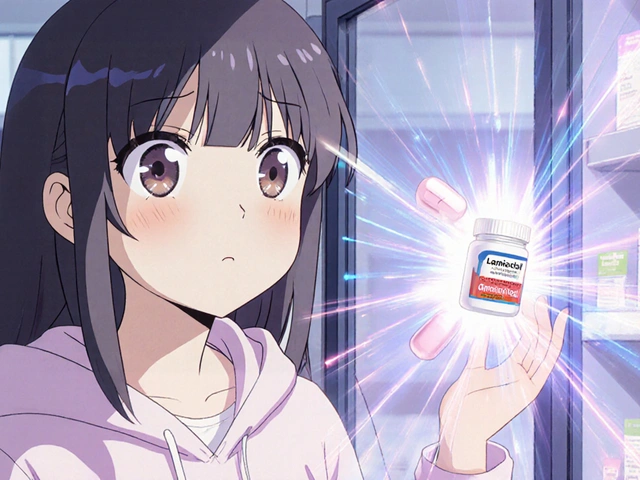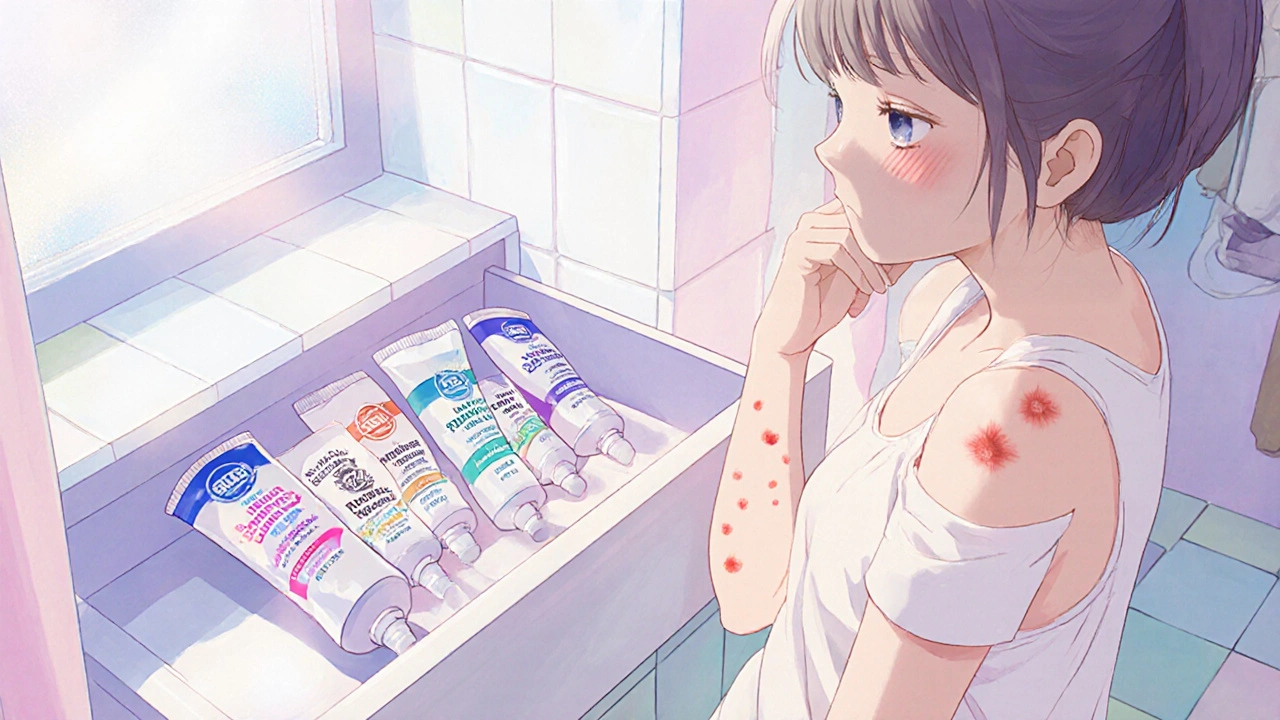Anti-Itch Medication
When working with anti-itch medication, any drug or topical agent that eases itching caused by skin disorders, allergies, or systemic conditions. Also known as itch relief medication, it plays a crucial role in comfort and skin health. Common classes include topical corticosteroids, oral antihistamines, and calamine lotion. Anti-itch medication encompasses these sub‑types, requires a clear diagnosis of the itch source, and often works best when combined with proper skin care routines. For example, topical steroids reduce inflammation, while antihistamines block histamine signals that trigger itching. Understanding how each option influences the itch‑relief pathway helps you pick the right tool for your situation.
What to Know Before You Choose
First, identify the cause of the itch. Dermatologists frequently point to eczema, psoriasis, insect bites, or allergic reactions as the usual suspects. Once the trigger is known, you can match it with the appropriate anti‑itch medication. Topical corticosteroids are ideal for inflammatory skin conditions because they directly suppress the local immune response. Over‑the‑counter hydrocortisone creams, for instance, deliver a mild dose that’s safe for short‑term use on sensitive areas. For systemic allergies or widespread itching, oral antihistamines like cetirizine or diphenhydramine are the go‑to choices; they circulate in the bloodstream and block histamine receptors throughout the body. If you prefer a non‑drug, soothing approach, calamine lotion creates a cooling film that calms minor irritations without affecting internal pathways. Each option has key attributes: potency, duration of action, side‑effect profile, and suitability for specific skin types. Knowing these attributes helps you avoid common pitfalls like over‑use of steroids, which can thin the skin, or drowsiness from first‑generation antihistamines.
Beyond the basics, consider how you’ll integrate the medication into daily life. Many people find success by pairing a short course of topical steroids with a gentle moisturizer to restore the skin barrier after inflammation subsides. If you’re using an oral antihistamine, check whether you need a non‑sedating formula for daytime use or a stronger, possibly drowsy option at night. Some readers also benefit from alternating between a steroid and a soothing lotion to minimize steroid exposure while keeping the itch under control. The articles below dive deeper into each class, compare popular products, and share practical tips on dosing, safety, and when to seek professional help. With this foundation, you’ll be ready to explore the full range of anti‑itch medication resources we’ve gathered.
Eurax (Crotamiton) vs Other Anti-Itch Medications: Pros, Cons & Alternatives
A detailed side‑by‑side comparison of Eurax (crotamiton) and top itch‑relief alternatives, covering mechanisms, uses, pros, cons, and FAQs for informed choices.
About
Medications
Latest Posts


Testimonial for on-line pharmacy shop medsengage.com
By Marcel Kornblum Oct 27, 2023

Eating Disorders: Understanding Anorexia, Bulimia, and What Actually Works in Treatment
By Marcel Kornblum Dec 15, 2025

Antiseizure Medications and Generic Substitution: Risks and Best Practices
By Marcel Kornblum Nov 14, 2025

